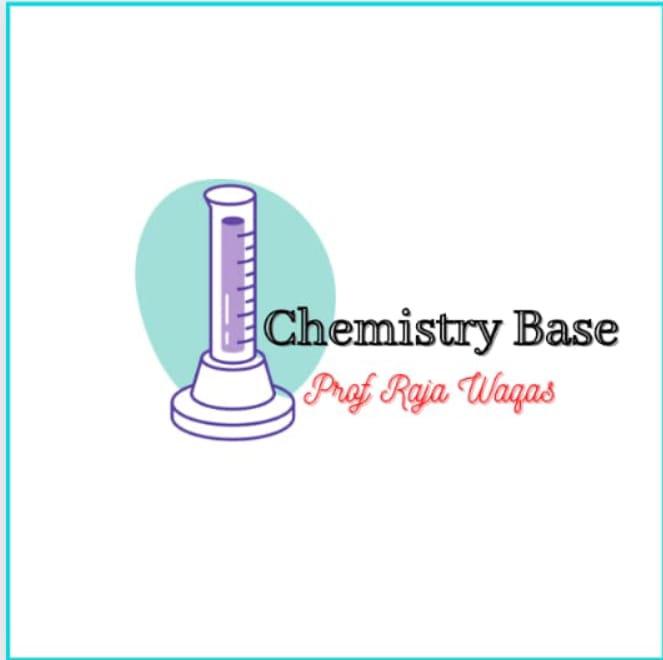*~Metallurgy of copper..~*
Occurrence
(a) sulphide ores ..
Copper pyrite or chalcopyrite
Copper glance or chalcocite
Bornite or peacock ore
(b) oxide ores..
Cuprite
Malachite
Melaconite
Native copper crystallizes in the cubic system .In Pakistan copper ores are found in north waziristan agency, chitral state.. etc
Extraction of copper from sulphite ores:
Large amount of copper 75% are obtained from copper pyrite by smelting . Ores containing 4% or more of copper are treated by smelting process.
1- smelting
In this process the concentrated sulphide ores is oxidized by air . Sulphur burns to so2 , iron is converted to FeO which is removed as Fesio3.. following steps are involved
(a) concentration
The finely crushed ore is concentrated by froth flotation process .The finely ground ore is suspended in water containing a little pine oil . A blast of air is passes through the suspension .
(b) Roasting
The concentrated ore is then roasted in a furnace in presense of ac current of air . Sulphur is oxidized to so2 and the impurities of arsenous and antimony are removed as volatile oxide .
(c) smelting
The ore is now transferred into a water blast furnace . A little coke and sans are also added . The furnace is provided at the base with a row of twyers for the supply of air . The combustion of Orr itself provides a lot of heat and there fore less amount of coke are usually needed .
The iron and other silicates rise to the top and are removed as slav . A mixture of Cu2S and some unreacted Fess forms the lower layer and is called matte.
(d) Bessemerization
The matte is removed in a Bessemer converter by blowing the air through the molten material. Fess is first oxidized to FeO and So 2 . Sand is added to remove FeO as FeSiO3 . The blast of air converts to metallic copper.
The copper obtained through Bessemerization has characteristics appearance due to evolution of gases from within and is called blister copper . Blister copper is about 98% pure copper .
2- Hydrometallurgical process..
The low grade sulphite ores of copper are subjected to Hydrometallurgical process . The crushed ore is bulk is allowed to whether in contact with water . Water is also allowed to percolate from the top . After about one year copper sulphide is oxidized to CuSO4 . At the same time FeSO4 and H2SO4 are also formed .
Uses:
1- copper is extensively used in preparing water stills , vaccum pans, steam coils , etc
2- copper is used in electrical equipment due to its high electrical conductivity.
3- large quantities of copper are used for the fireboxes of locomotive boilers.
4- copper forms a large number of usesful alloys, brass, bronze, Monel metal German silver etc..



